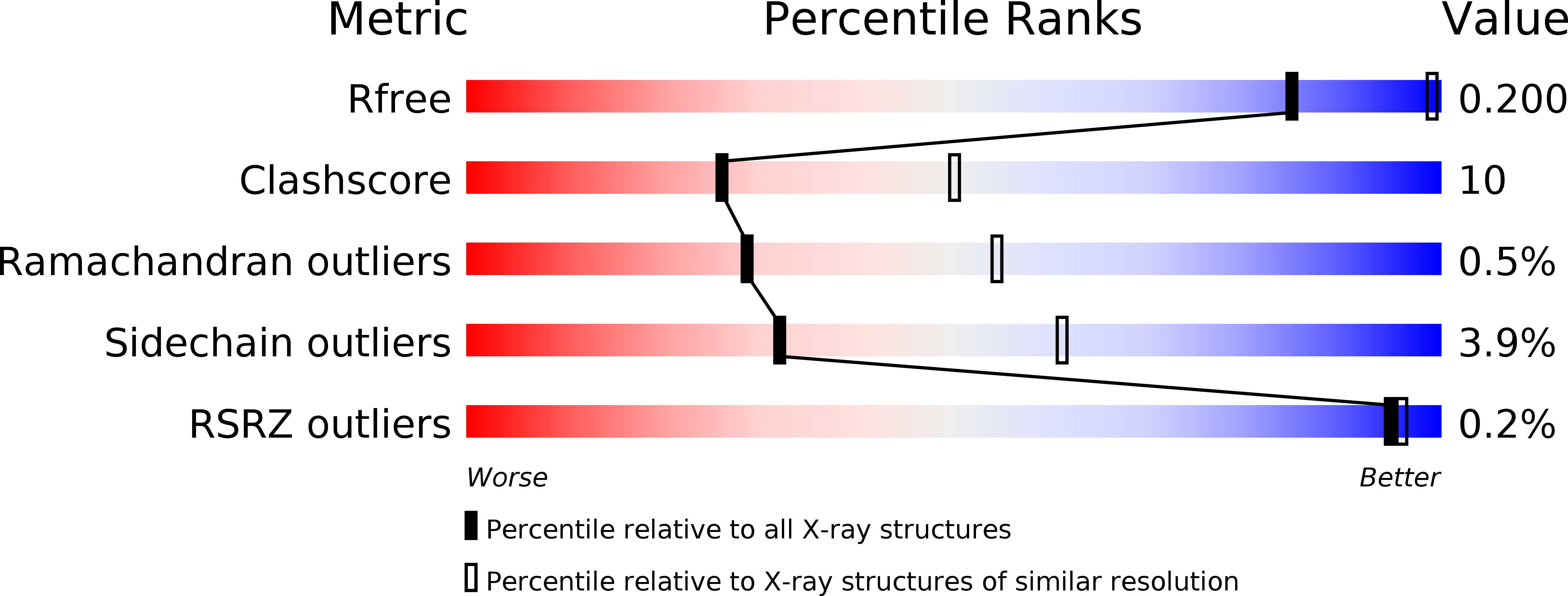
Deposition Date
2007-03-27
Release Date
2007-11-27
Last Version Date
2023-08-30
Entry Detail
PDB ID:
2PAA
Keywords:
Title:
Crystal structure of phosphoglycerate kinase-2 bound to atp and 3pg
Biological Source:
Source Organism:
Mus musculus (Taxon ID: 10090)
Host Organism:
Method Details:
Experimental Method:
Resolution:
2.70 Å
R-Value Free:
0.27
R-Value Work:
0.19
Space Group:
P 1


